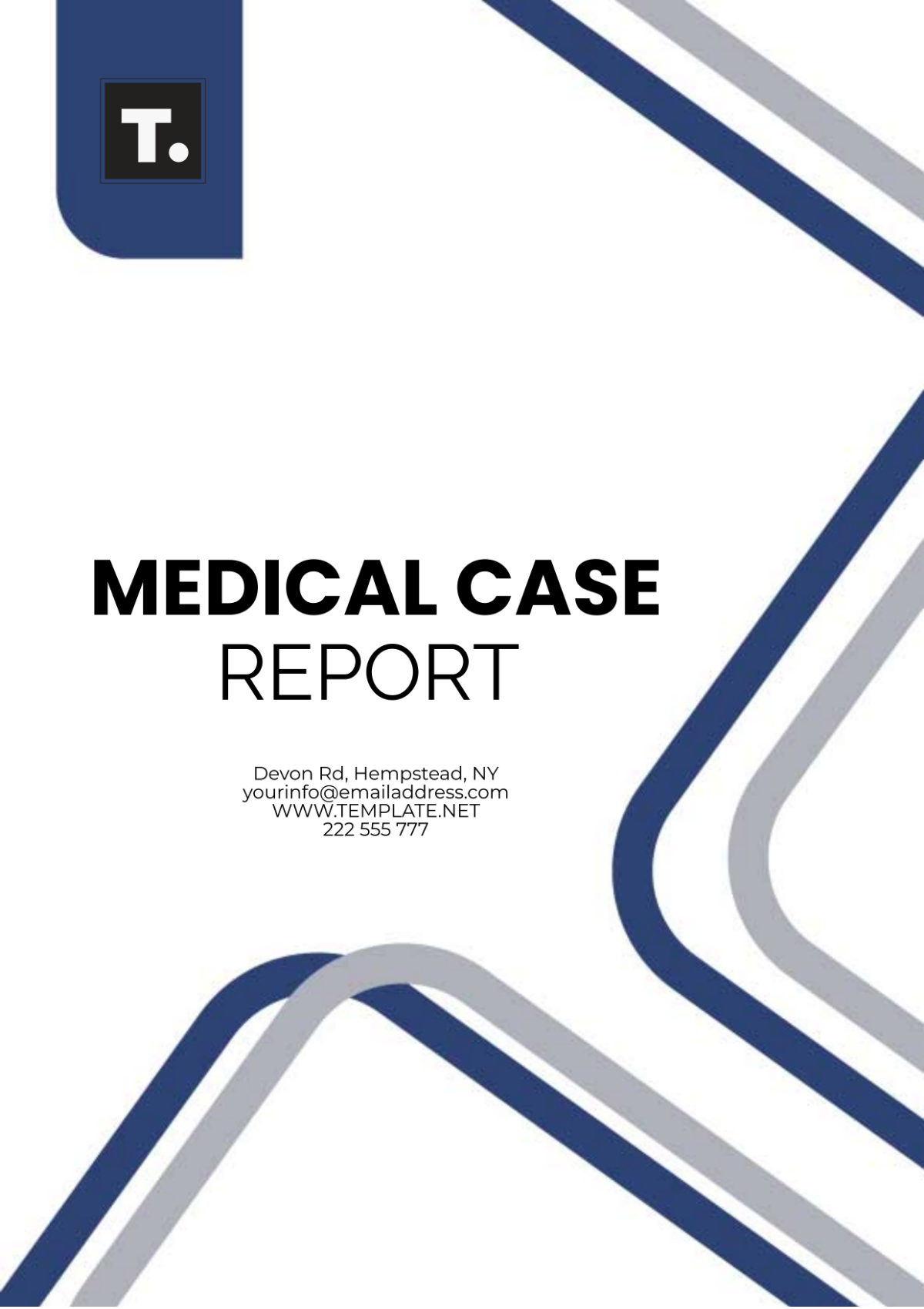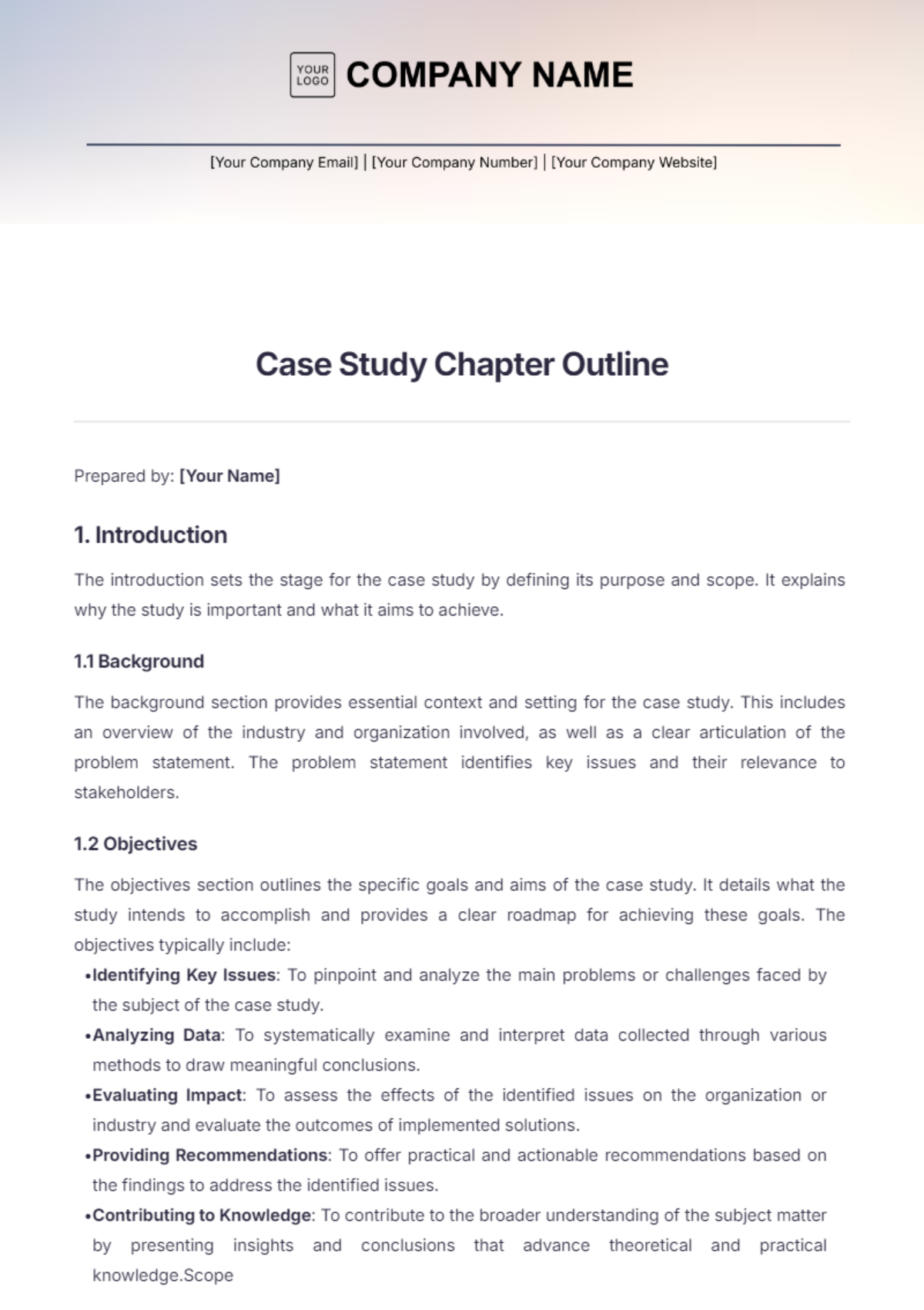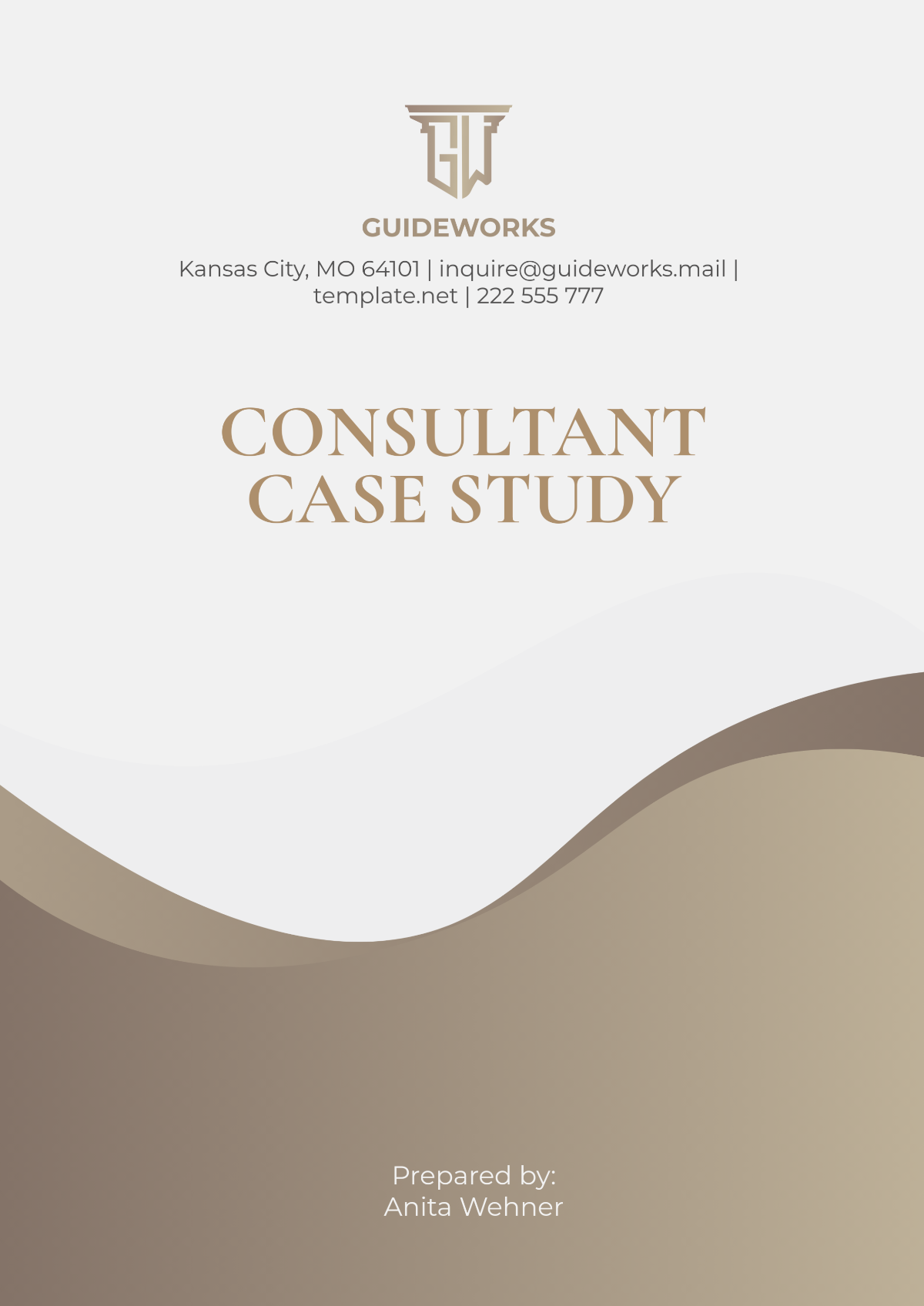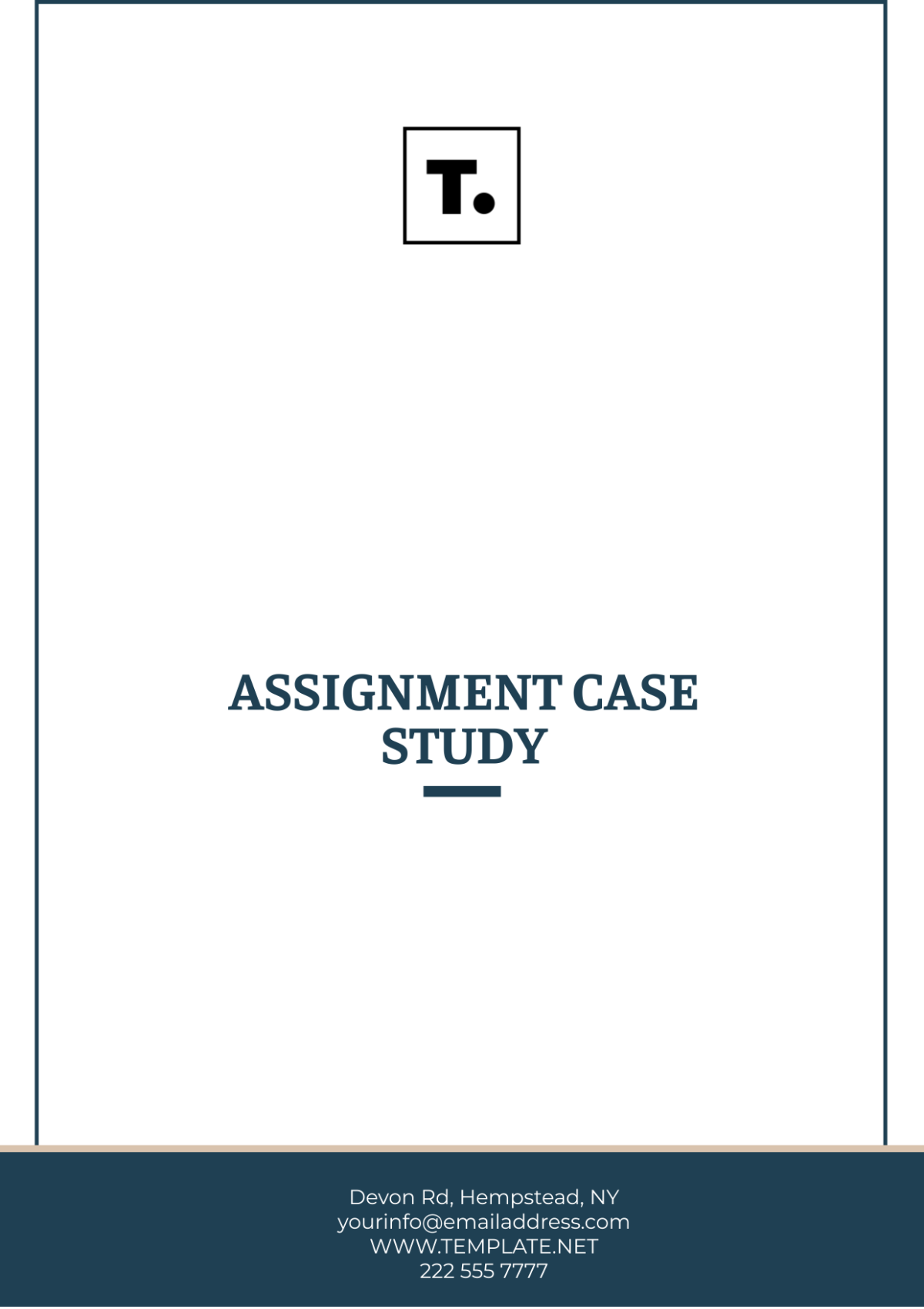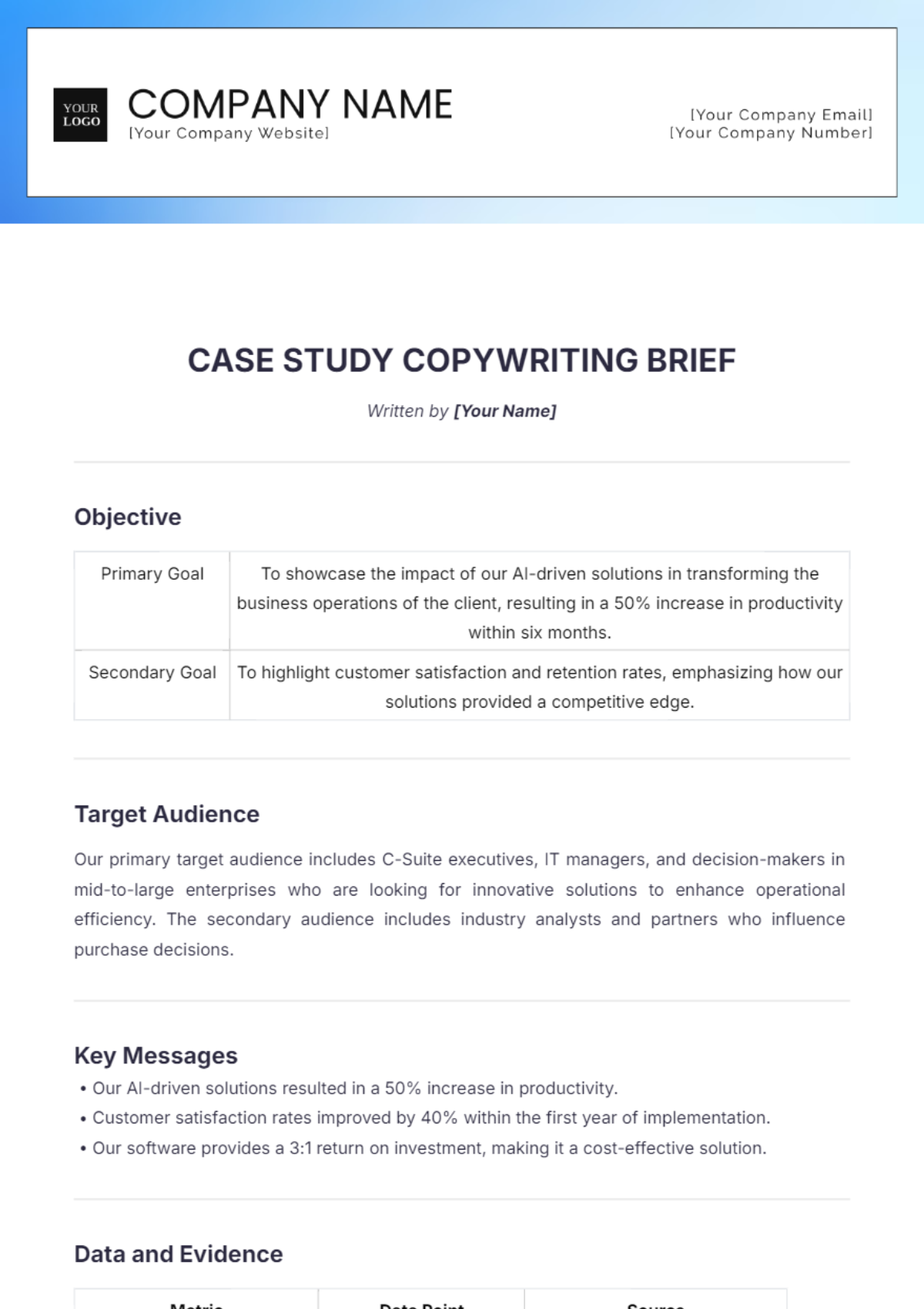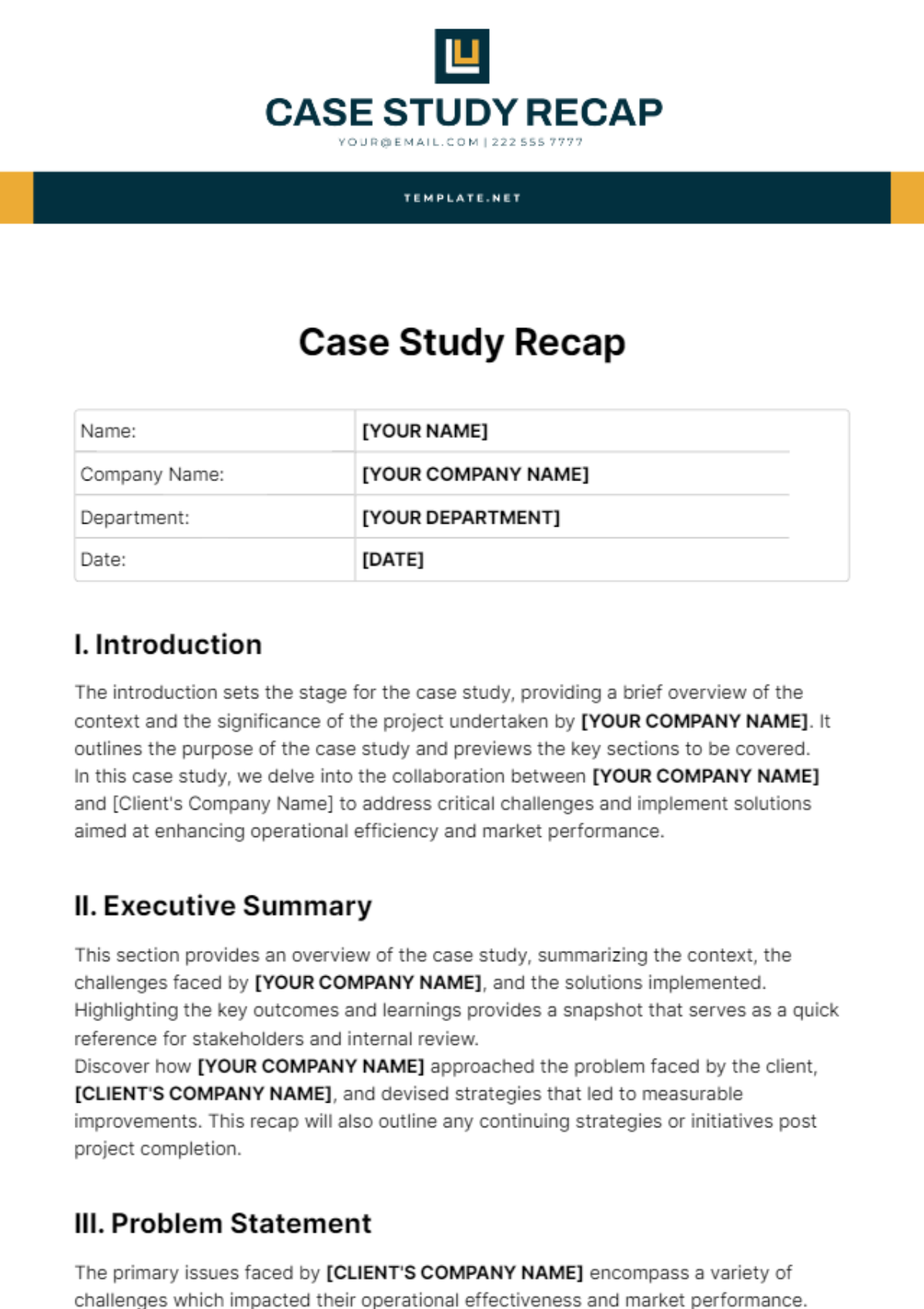Chronic Bronchitis Case Study
I. Introduction
[Patient Name], a 52-year-old female, presented to our clinic with complaints of persistent cough, sputum production, and exertional dyspnea for the past 6 months. She works as a teacher and has a 20-year history of smoking, averaging a pack a day. Her medical history includes seasonal allergies and occasional asthma exacerbations during childhood.
II. Patient History
[Patient Name] reports a family history of asthma and COPD in her father and older brother, respectively. She acknowledges ongoing exposure to chalk dust and classroom pollutants in her teaching environment. Her exercise regimen has been limited due to increasing shortness of breath, although she maintains a balanced diet rich in fruits and vegetables.
III. Presenting Symptoms
Persistent cough with white sputum: Indicates ongoing airway irritation and inflammation, leading to white sputum production, typically worse in the mornings due to overnight mucus accumulation.
Wheezing triggered by cold air or exertion: Signifies narrowed airways due to inflammation, causing audible wheezing sounds during breathing, especially in cold air or during physical activity.
Dyspnea relieved by rest: Indicates difficulty breathing during exertion due to reduced lung function, alleviated by rest, allowing the respiratory system to recover.
Chest tightness during respiratory distress: Sensation of chest pressure or discomfort linked to airway inflammation or constriction, worsening during coughing or respiratory distress, suggesting underlying lung or airway issues.
IV. Diagnostic Assessment
Spirometry: Revealed airflow obstruction (FEV1/FVC ratio < 70%), common in chronic bronchitis and asthma, indicating limited air movement during exhalation.
Chest X-ray: Showed hyperinflation (increased lung volume) and mild bronchial wall thickening, typical signs of obstructive lung diseases like chronic bronchitis, suggesting air trapping and bronchial inflammation.
Sputum culture: Identified Haemophilus influenzae, a bacteria linked to respiratory infections including chronic bronchitis exacerbations, guiding targeted antibiotic therapy.
Blood tests: Detected elevated C-reactive protein (CRP) levels, signaling inflammation often seen in conditions like chronic bronchitis, aiding in treatment monitoring and response assessment.
V. Treatment Plan
5.1 Pharmacological Interventions:
Albuterol inhaler: Fast-acting bronchodilator for wheezing, shortness of breath, and chest tightness during acute bronchitis or asthma attacks.
ICS/LABA combo: Reduces airway inflammation and maintains open airways, managing chronic bronchitis and preventing flare-ups.
Azithromycin (7 days): Antibiotic for bacterial infections triggering acute bronchitis exacerbations, controlling infection, and reducing airway inflammation.
5.2 Non-pharmacological Strategies:
Smoking cessation counseling and nicotine replacement therapy: Helps quit smoking by addressing nicotine dependence, vital for managing chronic bronchitis and improving lung health.
Pulmonary rehabilitation program: Improves lung function and quality of life in chronic bronchitis patients through structured exercises.
Occupational modification: Minimizes workplace air pollutants to reduce respiratory symptoms and exacerbations in susceptible individuals.
VI. Follow-up and Outcomes
At 3-month follow-up, [Patient Name] reported improved cough control and reduced dyspnea. Spirometry showed a slight improvement in FEV1, and she experienced fewer exacerbations. Adjustments to ICS/LABA dosage were made based on symptom control and spirometry results. Patient education sessions reinforced adherence to medication and lifestyle modifications.
VII. Conclusion
This case underscores the importance of comprehensive management in chronic bronchitis, including pharmacological and non-pharmacological interventions tailored to individual patient needs. Long-term success relies on sustained smoking cessation efforts, environmental modifications, and regular monitoring to optimize respiratory function and quality of life in patients like [Patient Name].












